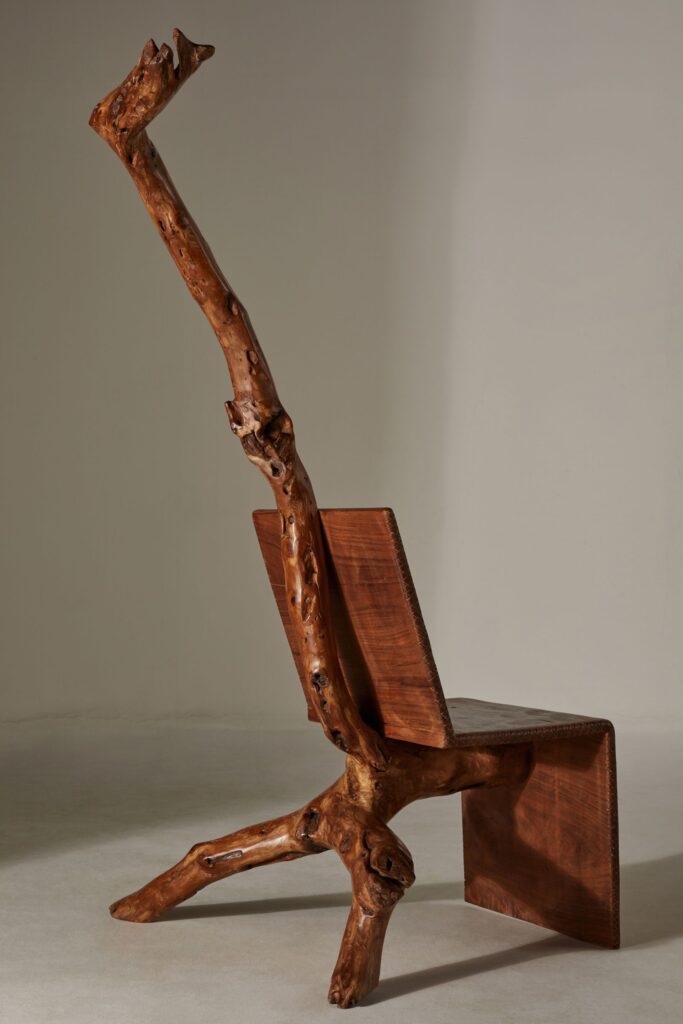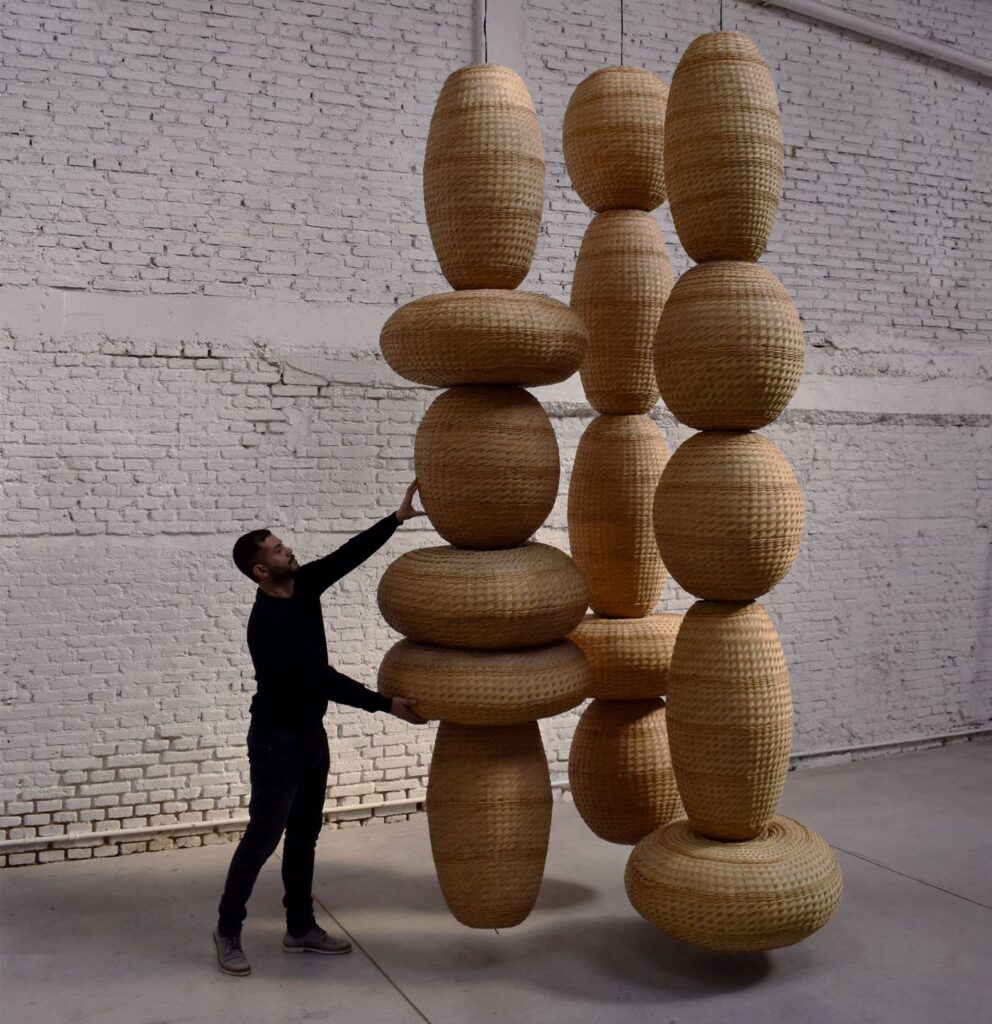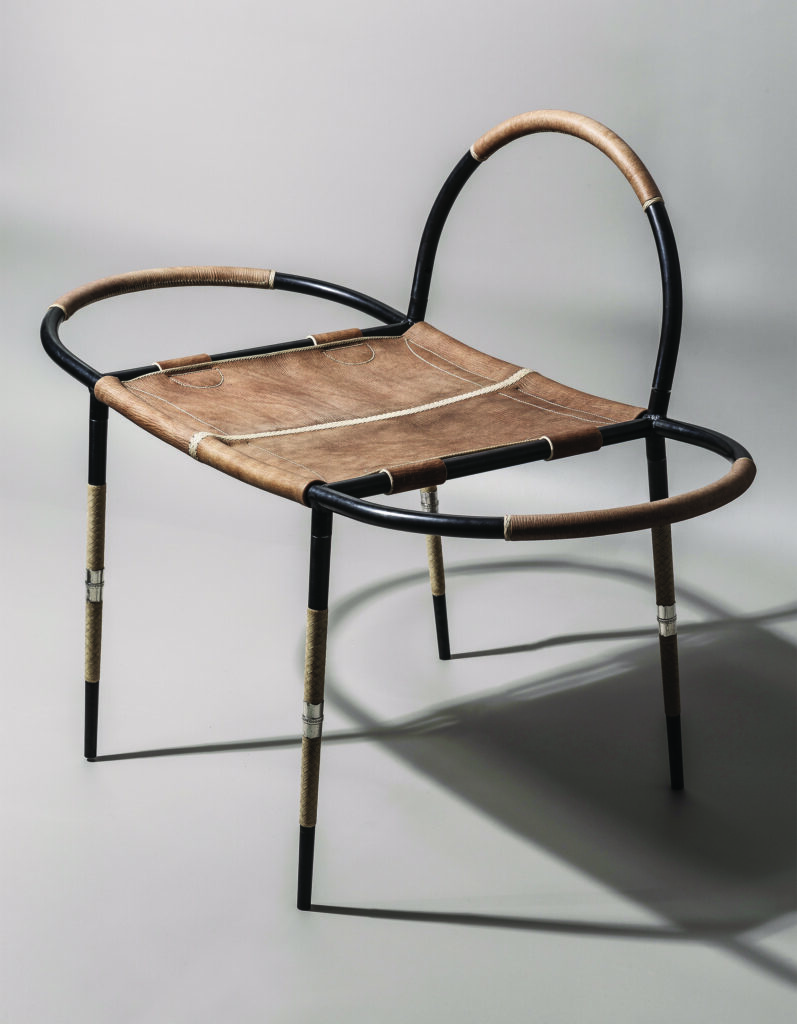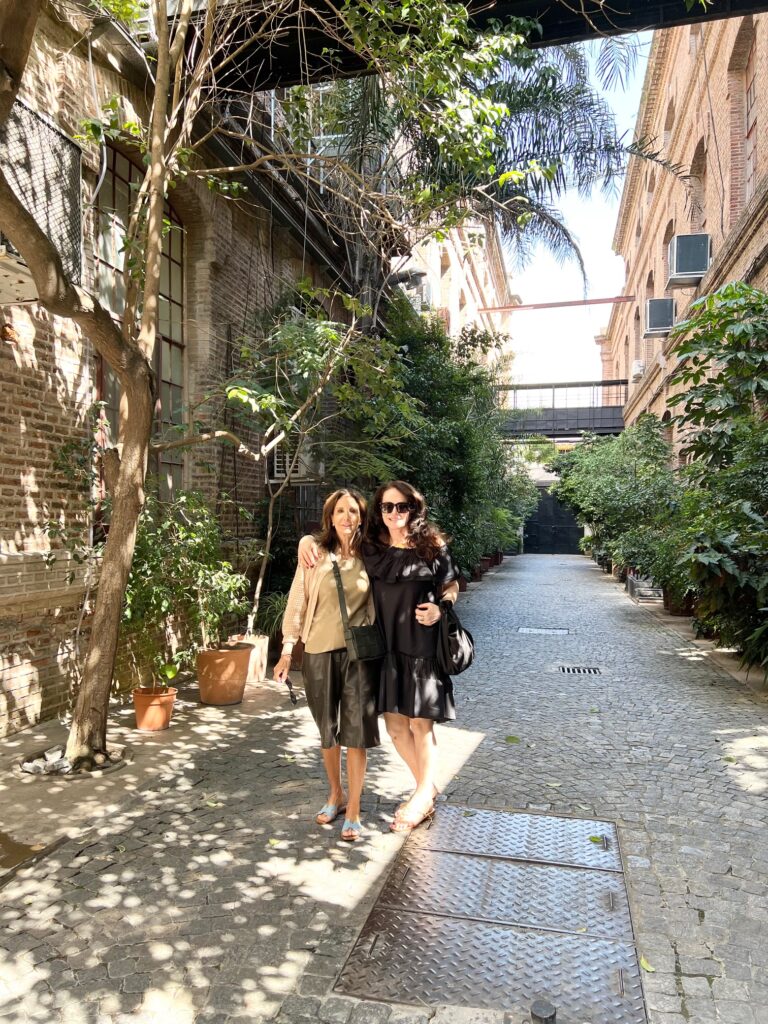
Discovering the core of indigenous Argentinian culture, history, and crafts is what builds the oeuvre of Buenos Aires designer, Cristián Mohaded. While he has become known for a collection of furniture, recently he has created for Loro Piano Interiors, debuting at the Milan Design Week last year, for years, Mohaded has developed his handcrafted pieces, which are deeply rooted in his heritage.
Very early on in his career, this Argentinian designer knew that the local culture in which he was raised was his most powerful agent of creativity, making it the foundation of his professional identity. Upon visiting Buenos Aires this week, it became clear to me that Mohaded is considered his country’s star designer, succeeding in the global world of design, becoming a national pride. His recent solo exhibition at the National Museum of Decorative Art, is a new milestone. Seeing him after so many years was rewarding, as we first met when he had independently showed at Design Miami in 2018, where he attracted great attention. Visiting his studio was a great way to see how far this ambitious designer has grown in the past 6 years, and it is very far indeed.
Mohaded is a world traveler, visiting a variety of cities and cultures, even living in Milan for 4 years. However, his most favorite expeditions are when he travels throughout Argentina during his research and search for the crafts. He particularly loves going to the northern province of Catamarca, where he was born and raised. He spends weeks near the forests which are his own playground, all the while working with local craftspeople. He must deal with difficult weather, long travel, and harsh conditions while he drives his truck identifying branches of fallen trees, working with local cabinetmakers who craft branches into expressive furniture, which has become his new passion, and shaped the most recent of his pieces.
Since graduating from industrial design at Cordoba, Argentina, Mohaded has moved away from the industrial design world. The further he develops his career and his unique voice, the further he strays from that world. In his early work, he used industrial-produced components, creating forms inspired by orthodox modernism, until the love for experimenting with materials, techniques, and discovering the crafts led him to a place where the material and crafts determine the final design. Yet, his training as an industrial designer is apparent in all of his work, allowing him to create exquisite, fresh, and innovative forms. He knows forms and he knows them well. He is daring and not afraid to push boundaries in order to allow the materials to speak. To me, the form is Mohaded’s most powerful asset—and it is no wonder that they always start with sketches, because it is on paper that he shapes his ideas. The fabrication is always done by artisans, and this is where the narrative becomes strong.
The recent exhibition on Latin American design at MoMA demonstrates that there is still a lot of work to do in surfacing the history of modern design in Argentina. For Mohaded, as a designer he has to do much of his work on his own, and part of that work is researching into the crafts and design of Argentina. He is well aware of the fact that design has the power to help the economy and the society, and today, he is working with artisans from various locations, creating in textile, ceramics, metal, wood, and stone, creating new sources of income, and his quest for discovery keeps the energy of his work flowing.
Mohaded’s new studio represents his energy. The drawings on the wall show the beginning of his thinking process of how to bring an object to life. If contemporary design is about rediscovering the crafts and supporting local craftspeople by commissioning them to utilize their craftsmanship in the service of design, then he is the ultimate Argentinian contemporary designer. He lives in a sustainable society, where the food is real, the traditions live, and wishes that one day Argentinian modern design will be celebrated internationally the same way Brazilian design is.







